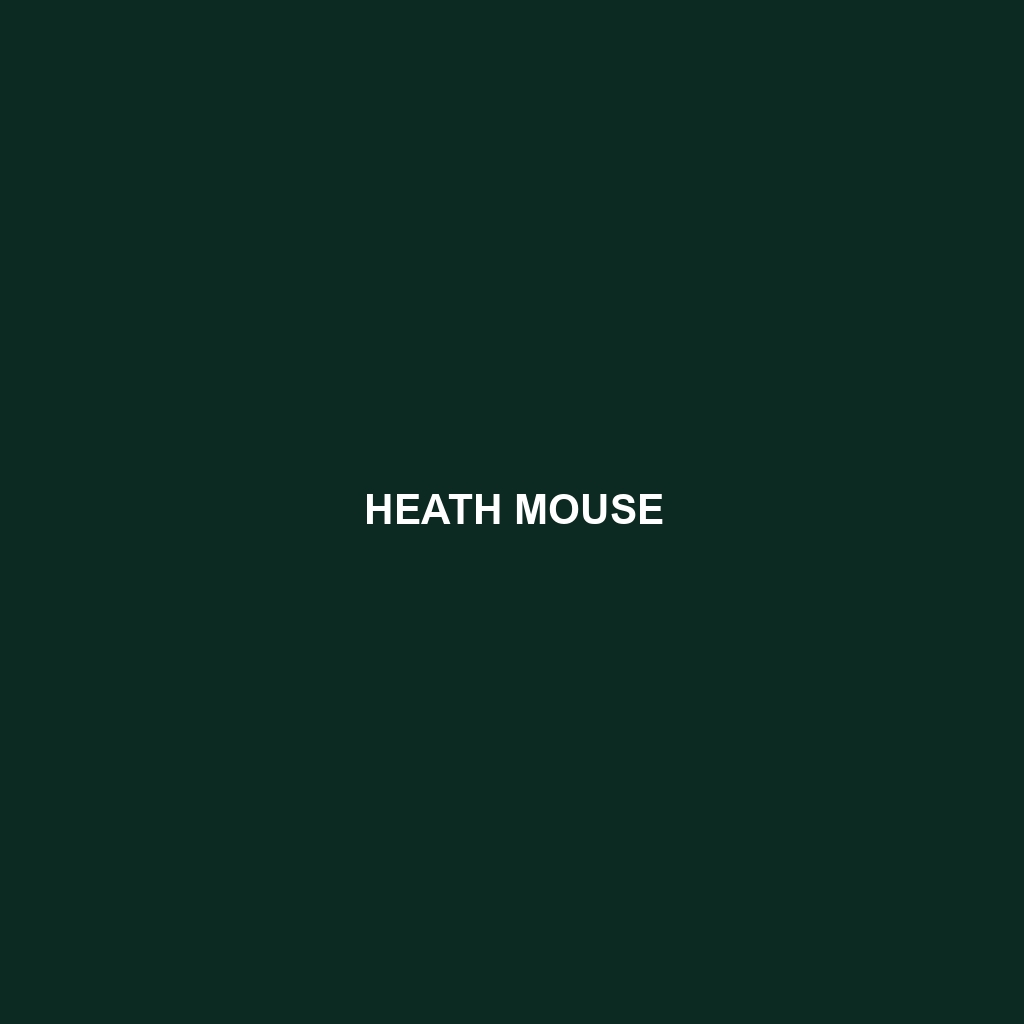Steppe Zokor (Scientific Name: )
Habitat:
The Steppe Zokor primarily inhabits the vast steppes of Central Asia, particularly in regions of Mongolia, Kazakhstan, and China. This burrowing rodent is often found in grasslands and semi-desert environments where sandy and loamy soils allow for easy digging. Their preferred habitats include areas with sparse vegetation, which provides both shelter and food resources.
Physical Characteristics:
The Steppe Zokor is a medium-sized rodent, typically measuring around 15 to 20 centimeters in length, with a body that is stout and cylindrical. They feature a dense coat of fur that varies in color from light brown to greyish, which helps them blend into their dry surroundings. Distinctive features include small eyes, which are often covered by fur, and large, powerful forelimbs equipped with long claws for digging. Their short tails are virtually unnoticeable, which is characteristic of other zokor species.
Behavior:
Steppe Zokors are predominantly solitary animals, displaying a range of behaviors that facilitate their lifestyle as burrowers. They are mostly active during the day, spending their time digging extensive tunnel systems in search of food. These tunnels can span impressive distances, showcasing their remarkable adaptation to life underground. Additionally, they are known to create multiple entrances to their burrows, which allows them to evade predators.
Diet:
The diet of the Steppe Zokor consists mainly of roots, tubers, and other plant materials. They are herbivorous and play a role in their ecosystem by aerating the soil through their extensive burrowing and allowing for seed dispersal as they consume various plant parts. Their feeding habits are particularly crucial in areas where vegetation is sparse, contributing to the health of their habitat.
Reproduction:
Steppe Zokors breed once a year, typically during the spring months. After a gestation period of about 25 days, females give birth to litters of 2 to 5 young. The offspring are weaned and become independent after approximately three weeks. Notably, parental care is minimal, as the young are often left in the burrow while the mother forages for food.
Conservation Status:
The Steppe Zokor is currently classified as Vulnerable on the IUCN Red List due to habitat loss and degradation caused by agricultural expansion and urban development. Conservation efforts are essential to protect their remaining habitats and ensure the survival of this species.
Interesting Facts:
- Steppe Zokors can dig tunnels up to 1 meter deep, showcasing their impressive burrowing skills.
- They are almost completely blind, relying on their keen sense of smell and touch to navigate their underground environment.
- Their name “zokor” is derived from Kazakh, reflecting their cultural significance in Central Asia.
Role in Ecosystem:
As a burrowing species, the Steppe Zokor plays a crucial role in the ecosystem by aerating the soil and promoting vegetation growth. Their foraging habits contribute to soil health, and they serve as prey for a variety of predators, including birds of prey and mammals. This makes them an integral part of the food web within their natural habitat.
